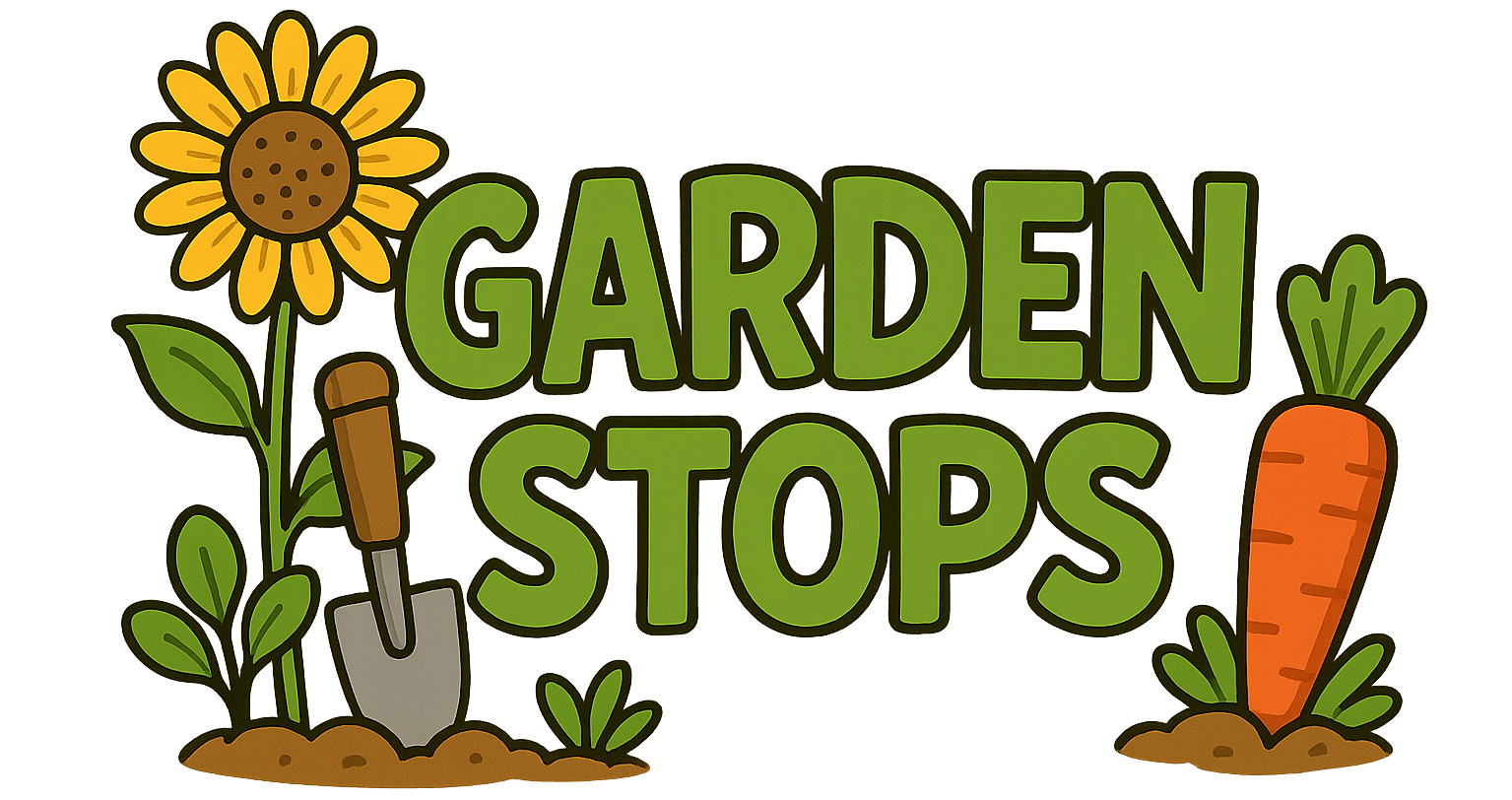Discover the secret superfood that could transform your healthy eating habits: a unique squash that outshines zucchini and is rarely cultivated. You’re about to uncover a hidden gem packed with incredible nutritional benefits, waiting to elevate your diet to the next level.
Introduction
Standing in your backyard, fantasizing about the bounty of a garden that practically tends itself, you’ll find that some plants seem to whisper secrets only the truly adventurous hear. Enter the unassuming hero of the vegetable world—the heirloom squash that isn’t quite zucchini, isn’t quite winter squash, yet somehow manages to do both and look stylish while doing it. Meet Zucchino Rampicante: a lush, vigorous vine that’s as resistant to pests as it is prolific, all wrapped up in a package that’s as versatile as a Swiss Army knife.
This strangling, trellising marvel quietly promises to outshine the typical summer squash with its robust resilience and staggeringly productive nature. Whether you’re a seasoned gardener looking to spice up your crop rotation or a novice eager to impress your neighbors with a truly exotic bounty, Zucchino Rampicante is your new best friend—easy enough for beginners, impressive enough for seasoned green thumbs. Prepare to peel back the layers on this secret superfood and discover how it can supercharge your garden, pantry, and dinner plate.
Discovering Zucchino Rampicante: The Growing Wonder
Imagine planting a seed and watching it ascend like a skyscraper, all the while guarding itself against the notorious vine borer—a pest that seems determined to ruin your summer harvest. That’s the beauty of Zucchino Rampicante; its heirloom genes make it hardy and resistant, making farmers and gardeners alike nod in admiration. With its vigorous growth habit, this squash doesn’t just grow; it climbs, sprawling across trellises — and with a bit of effort, you’ll soon find yourself marveling at the abundance of succulent, slender fruits dangling like ornaments on a Christmas tree.
This squash’s visual distinction is stunning—smooth, elongated, and pale green with subtle striations, a shape reminiscent of a ship’s prow or a sword ready for battle. But what truly captivates is what’s inside: young Zucchino Rampicante tastes remarkably like summer squash—sweet, tender, and refreshingly crisp—perfect for sautés, salads, or quick pickling. Yet, give it a few more weeks, and it matures into a substantial winter squash, boasting a hard, deeply flavored flesh that could easily stand in for butternut or acorn in a pinch. Its adaptability is part of its charm, a little culinary chameleon that lends itself to multiple seasons and recipes.
Growing Zucchino Rampicante is an exercise in patience and resilience—though it’s surprisingly low-maintenance, flourishing with minimal fuss when given the right conditions. It demands a sunny spot, well-draining soil enriched with organic matter, and—most important of all—a sturdy trellis (or better yet, a cattle panel). If you think about the effort as a garden investment, you’ll find this squash returning your dedication with an overflowing basket and a laundry list of ideas for cooking, storing, and showcasing its impressive harvest.
Cultivating and Cooking: Unlocking the Full Potential of Your Zucchino Rampicante
Getting this heirloom squash from seed to table isn’t just a matter of planting and watering. It’s about understanding the rhythm of your garden’s heartbeat. For starters, seeds are easily available through affiliate links that make seed procurement straightforward—even addictive. Once planted, an enthusiastic trellis, such as a cattle panel built with a few twists of wire and some DIY spirit, provides the ideal support for maximizing yields and preventing that sad, bloated vine look of neglect.
The key to a successful harvest lies in water management and pest control. Think of watering tools as your garden’s healthcare professionals—deep, consistent soakings encourage strong root systems, while insect netting and solutions like Surround WP Kaolin Clay and organic insecticides such as pyrethrin or spinosad protect those precious fruits from pests. If you notice bites and holes, it’s time to deploy organic pest management remedies—remember, this isn’t just about aesthetics but about cultivating naturally healthy produce.
When it’s time to harvest, a gentle tug reveals whether your squash has matured fully. Young fruits lean towards that summer squash flavor—light, tender, and perfect raw or sautéed—while mature fruits demand a bit more patience, yielding flesh dense enough to hold a dollop of butter or a sprinkle of herbs. Store these gems in a cool, dry place, and they’ll keep for months—perfect for that ‘set it and forget it’ preservation stage. With some strategic succession planting, your garden can produce a steady stream of this versatile produce, ensuring both a robust harvest and a culinary adventure that will keep your taste buds tingling all season long.
Elevating Your Garden Game: From Seeds to Supremacy
Investing in quality seeds is the first step toward cultivating a squash that’s not just a crop but an experience. Online stores and affiliate links make it easier than ever to find reliable Zucchino Rampicante seeds, which can sometimes be elusive due to their heirloom status. Once acquired, treat your garden to rich soil amendments—organic compost, kelp meal, and bone meal pave the way for lush growth and impressive fruit size. The soil’s health is your secret weapon in growing not just a bountiful harvest but also in producing flavorful, nutritious squash that outranks conventional supermarket editions.
Building a trellis isn’t just a gardener’s chore; it’s a strategic move that can turn a modest patch into a lush jungle of productivity. A cattle panel, sturdy and affordable, transforms vertical space into a squash sanctuary with minimal effort. The benefits? Abundant yields, easier pest management, and a stunning visual display. Plus, it makes harvesting a breeze—no more bending down in awkward positions as you fumble with vine tangles.
Beyond planting and trellising, equip your garden with the right accessories. Insect netting safeguards your plants from pests, while watering cans designed for deep roots ensure your zucchino thrives. Organic fertilizers like fish emulsion or compost teas further boost growth, helping produce dense, flavorful fruits that taste like summer’s best kept secret. Engaging with local gardening communities or online forums offers a wealth of hacks, tips, and shared successes—making your gardening journey collaborative, inspired, and infinitely more rewarding. And don’t forget to browse Amazon’s garden aisle or visit the creator’s merchandise, packed with tools and gear that’ll elevate your green thumb to the next level.
Frequently Asked Questions
How resistant is Zucchino Rampicante to common garden pests?
Zucchino Rampicante is noted for its robust resistance to vine borers and other pesky intruders, largely thanks to its heirloom genetics. Still, no plant is completely immune, so combining organic pest control methods like Surround WP Kaolin Clay, deploying insect netting, and practicing crop rotation greatly enhances its defenses. Regular monitoring ensures early detection of issues, making pest management both manageable and environmentally friendly.
What are the best ways to harvest and store this squash?
Harvesting is best done when the fruits reach full size but are still tender, usually about 70-80 days after planting. Use a sharp knife or pruning shears to cut the squash from the vine, leaving a few inches of stem attached for better longevity. For storage, keep your squash in a cool, dry, and well-ventilated place; when cured properly, these can last for several months, providing a prolonged window of culinary inspiration during the colder months.
Can Zucchino Rampicante be grown in containers?
While this squash thrives on trellises, it can adapt to large containers if provided with sturdy support and ample growing space. The key is selecting the right-sized vessel, enriching the soil, and maintaining consistent watering. Container culture also offers easier pest management and mobility, making it an excellent option for small space gardeners or urban farmers eager to bring heirloom flavor into tiny plots.
How does Zucchino Rampicante compare in flavor to zucchini or winter squash?
Young Zucchino Rampicante boasts a delicate, mildly sweet flavor akin to summer squash, perfect for raw snacking, sautéing, or incorporating into salads. Once mature, the flesh becomes denser and richer, reminiscent of winter squash but with a slightly nuttier undertone. Its versatility means you can enjoy it fresh, roasted, baked, or even pureed into soups that straddle the line between summer freshness and winter comfort.
What are some creative culinary uses for this heirloom squash?
The beauty of Zucchino Rampicante lies in its versatility. Its young fruits shine in stir-fries or stuffed with herbs and cheeses. Mature specimens lend themselves beautifully to roasting, turning soft and caramelized, or even spiralized into zucchini noodles. It’s also fantastic pickled, dried, or shredded raw into salads. With a little imagination, this squash can become the star ingredient in everything from hearty stews to light summer snacks.
Final Thoughts
Growing Zucchino Rampicante isn’t just about grafting a plant—it’s about cultivating a story, a journey from seed to plate that embodies resilience, ingenuity, and a dash of playful experimentation. As you nurture this heirloom marvel, you’re not just harvesting squash; you’re cultivating a culinary adventure that defies seasonal boundaries and elevates your gardening cred. With its natural resistance, prolific yields, and extraordinary flavor, it’s a rare gem waiting to transform your garden into a veritable bountiful Eden. So roll up your sleeves, embrace the trellis, and let this secret superfood become your garden’s highlight—and a testament to the pleasure of discovering what lies just beneath the surface of everyday produce.

